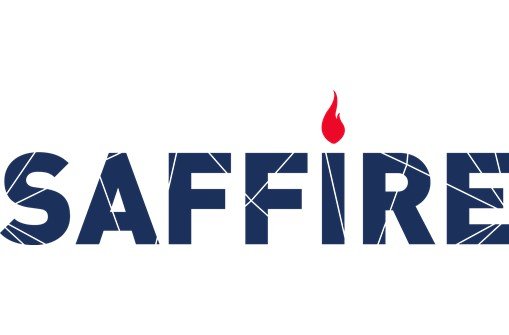The Genesis blowdown tool, SAFFIRE, gives engineers a rigorous means of performing blowdown studies with and without fire
Depressurisation of vessels or isolated sections is a key safety element of a process design. The objective is to remove flammable hydrocarbons from isolated process areas in a timely way.
A blowdown event is normally separated into two types of cases:
Blowdown with ambient heat transfer, often initiated as part of the normal emergency shutdown procedures from causes like gas detection or high pressure, high temperature.
Blowdown under fire attack, where the process has entered emergency shutdown mode, but an isolated section has a pool or jet fire impinging on the vessels or pipes.
SAFFIRE can be applied in both cases.

It has been verified against experimental data, validated against leading academic research and used on many projects to provide detailed analysis of blowdown events. SAFFIRE is compliant with API 521 Edition 6.
Normally, ambient heat transfer blowdown sets the minimum metal design temperature for an isolated section due to associated cooling, or sets the maximum relief rate consistent with a given minimum metal design temperature.
In contrast, fire attack blowdown would normally set the minimum required relief rate to the flare system due to the need for a defined level of depressurisation before vessel or pipe rupture occurs.
Preventing rupture mitigates the risk of escalation of the fire and risk of explosion.
Sometimes, minimum and maximum relief requirements cannot be met simultaneously in which case it is recommended that the two types of depressuring simulation are considered together; hence the need for SAFFIRE.
SAFFIRE can be run within existing flowsheet packages or independently using our thermodynamics engine, EMERALD.
The tool can be interfaced with Computational Fluid Dynamics (CFD) codes to provide temperature and stress levels in the system and enable low stress dispensation analysis, as per ASME B31.3.
Where hydrates and other solids like ice and dry ice can form, SAFFIRE can provide compositional data so that complex phase behaviour can be predicted.
